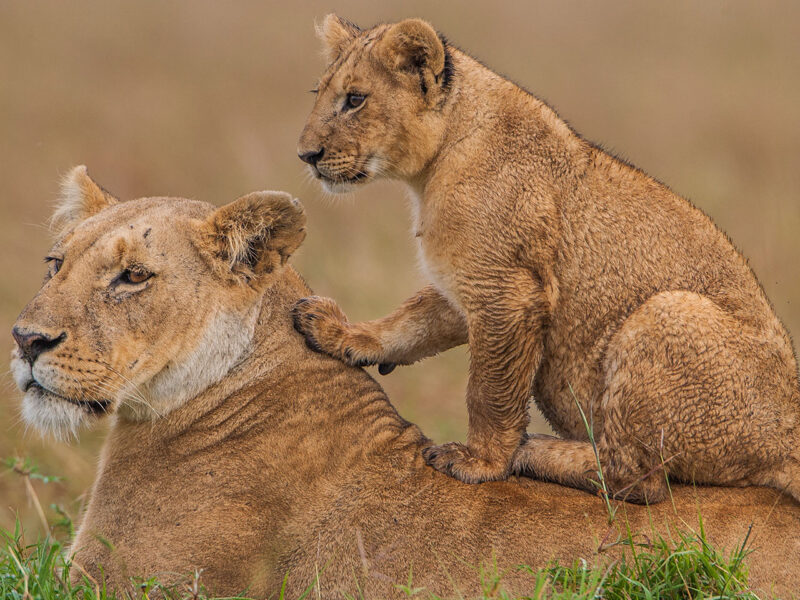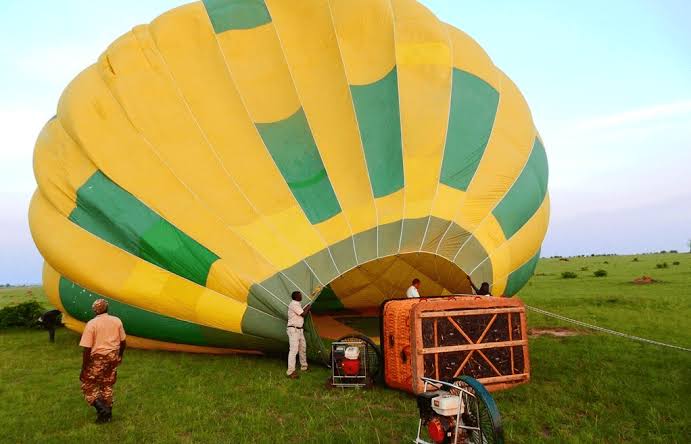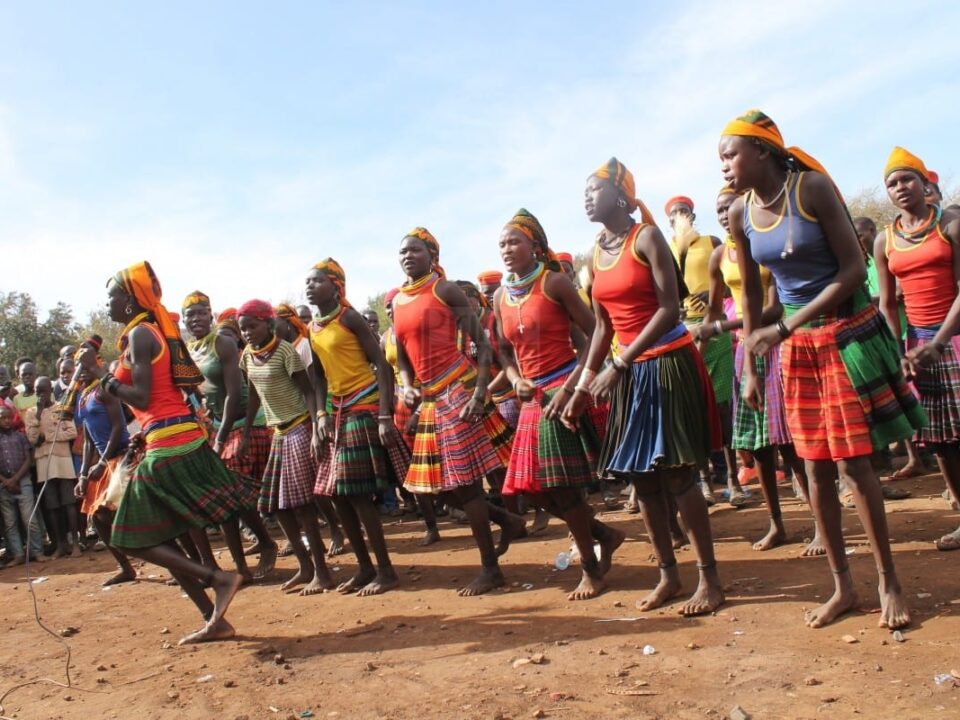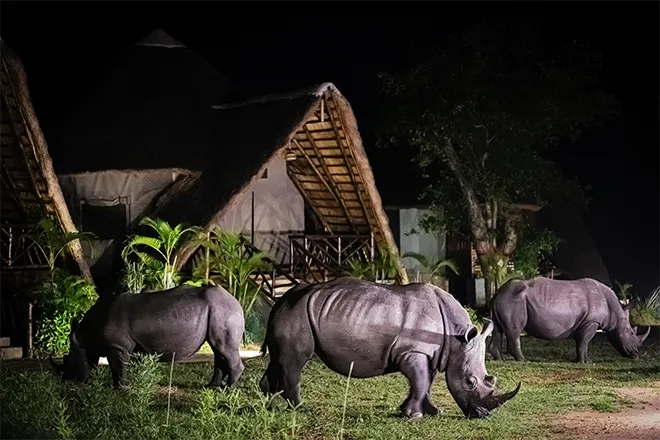- GET IN TOUCH WITH US:
- +256 753518160
- +256 777842166
- info@experiyatourcompany.com

What’s the best 7-day Kenya safari itinerary?
November 20, 2025
What’s included in an all-inclusive Kenya safari?
November 20, 2025Can I do a 3-country East Africa safari starting in Kenya?

Can I Do a 3-Country East Africa Safari Starting in Kenya?
The idea of embarking on a three-country East Africa safari evokes a sense of movement, scale, and adventure that few travel experiences can match. Starting in Kenya, crossing into Uganda, and continuing to Rwanda combines iconic savannahs, mist-covered rainforests, and cultural richness into a single sweeping journey. For many travellers, the question is not whether such a trip is possible, but how to craft an itinerary that flows naturally while ensuring that each destination shines in its own distinct way. A cross-border safari through Kenya, Uganda, and Rwanda is not only possible, it is one of the most rewarding multi-country routes in Africa, blending big-cat action, primate encounters, volcanic landscapes, and meaningful cultural experiences across three nations that work closely together to support conservation and tourism.
Planning such a journey begins with understanding what each country offers and how the logistics align. Kenya is a natural and convenient starting point thanks to its international air connections and its status as one of Africa’s premier safari destinations. Uganda and Rwanda complement Kenya beautifully by offering lush, high-altitude forests that are home to mountain gorillas, chimpanzees, and unique Afro-tropical birdlife. Together, the three countries form an extraordinary triangle of experiences, each bringing travellers closer to the heart of East Africa’s wildlife and cultural heritage.
Why Start the Journey in Kenya?
Kenya is a safari powerhouse, a place where travellers can quickly immerse themselves in the wilderness without complicated transfers or lengthy travel times. Starting here sets the perfect tone for the adventure, offering open landscapes filled with wildlife diversity and dramatic scenery. Nairobi serves as an excellent arrival hub, providing all the comforts of a modern city while offering easy access to national parks like the Maasai Mara, Amboseli, and Tsavo.
Beginning the trip in Kenya allows travellers to ease into the safari rhythm. Game drives across the Maasai Mara provide some of the world’s best sightings of lions, cheetahs, leopards, elephants, and dazzling herds of herbivores. The Mara’s rolling plains and acacia-dotted horizons make it an ideal introduction to East African wildlife, and for those travelling between July and October, the Great Migration adds an unforgettable layer of drama. Starting in Kenya also means beginning the trip in wide-open environments before transitioning into the forested mountains of Uganda and Rwanda, creating a natural flow from savannah to rainforest.
Crossing into Uganda
After experiencing Kenya’s iconic savannahs, the journey deepens as travellers continue west into Uganda, a country known for its green landscapes, diverse ecosystems, and warm hospitality. Uganda offers a different dimension of safari—one rooted in dense forests, winding rivers, and wildlife encounters that feel intimate and immersive.
Travellers often continue their journey by flying from Nairobi to Entebbe, then heading west toward the country’s protected forests. Destinations like Queen Elizabeth National Park and Murchison Falls offer a mix of savannah and river safaris, but the crown jewels of Uganda are its primate-filled rainforests. Kibale Forest National Park is recognized as the best place in the world for chimpanzee trekking, while Bwindi Impenetrable National Park is a sanctuary for nearly half of the world’s mountain gorillas.
Uganda’s gorilla trekking experience stands apart because it feels deeply connected to the landscape. The forests are ancient and alive, filled with birdsong, mist, and the earthy scent of vegetation. The trek itself unfolds along steep trails and shaded undergrowth, culminating in a powerful moment when travellers meet the gorillas face-to-face. Their gentle movements, deep brown eyes, and family interactions create one of the most meaningful wildlife experiences on Earth.
Uganda allows travellers to shift from Kenya’s wide plains to a world of mountains and forested valleys, adding richness and contrast to the three-country journey. This transition also introduces travellers to the calm rhythm of rural Uganda, where communities border the forests and conservation plays a daily role in people’s lives.
Continuing to Rwanda
Rwanda completes the multi-country safari with its striking volcanic landscapes, elegant infrastructure, and impressive conservation achievements. Travellers generally cross into Rwanda either by road from Uganda’s southwestern border or by flying from Entebbe to Kigali, depending on the itinerary. Both options are remarkably smooth thanks to modern roads, cooperative border management, and well-organized tourism services.
Rwanda’s Volcanoes National Park is one of the most famous gorilla trekking destinations in the world, known for its steep volcanic slopes, bamboo forests, and well-conserved gorilla families. Trekking here feels like stepping into a lush, mystical world shaped by volcanic history and thriving biodiversity. Rwanda has positioned itself as a leader in responsible tourism, and its gorilla conservation program is regarded as one of the most successful on the continent.
Beyond the gorillas, Rwanda offers golden monkey trekking, cultural visits, and breathtaking panoramic viewpoints over the Virunga Volcanoes. Kigali adds a modern, clean, and forward-thinking vibe to the itinerary, allowing travellers to reflect on their journey while enjoying world-class hospitality. Ending the safari in Rwanda brings the adventure full circle, leaving travellers with memories of both savannahs and misty mountains, wildlife encounters and cultural experiences, high-energy game drives and quiet forest moments.
Travel Logistics
One of the most important parts of a multi-country safari is ensuring seamless transitions between destinations. Fortunately, Kenya, Uganda, and Rwanda are part of the East African Community, meaning travel between the three countries is smoother than most travellers expect.
The East African Tourist Visa plays a key role in simplifying movement across borders. This single visa allows travellers to enter Kenya, Uganda, and Rwanda without needing separate visas for each country. It is valid for 90 days and can be obtained in advance or at specific entry points. Using this visa removes most of the administrative stress and allows travellers to focus fully on the experience.
Transport between countries can be customized depending on the traveller’s budget and preferred pace. Flights between major hubs like Nairobi, Entebbe, and Kigali shorten travel time significantly, while scenic road transfers between Uganda and Rwanda allow travellers to enjoy breathtaking countryside views. Safari operators typically coordinate all logistics, ensuring that vehicles, permits, flights, and accommodation align perfectly with the itinerary.
The other crucial logistical element is securing gorilla and chimpanzee trekking permits, which must be booked in advance. Because these experiences are among the most sought-after in Africa, reputable safari companies ensure that permits are confirmed before finalizing the itinerary. This is where working with experienced planners becomes invaluable, as they manage every detail behind the scenes to guarantee a smooth and stress-free journey.
The Perfect Flow
Travelling from Kenya to Uganda and ending in Rwanda creates a natural storytelling arc that enhances the safari experience. Starting in Kenya provides the classic scenes that many travellers imagine when dreaming of an African safari—golden grasslands, big cats, elephants, and broad horizons. The travel then shifts into Uganda’s forests, where the traveller’s perspective becomes more intimate, guided by the sounds of rustling leaves, chimpanzee calls, and flowing rivers. The final chapter in Rwanda brings refinement, volcanic beauty, and another chance to reflect on the connection between humans and wildlife.
This journey appeals to travellers seeking variety, depth, and meaningful encounters. Instead of staying within one habitat type or repeating similar game drives, a multi-country route offers fresh experiences each day. For photographers, it creates a rich portfolio of landscapes, from sweeping savannahs to lush mountain jungles. For wildlife enthusiasts, it offers a more complete understanding of East Africa’s ecological diversity. And for travellers seeking cultural immersion, the blend of Maasai plains, Ugandan highlands, and Rwandan resilience provides an authentic and inspiring journey.
The Role of a Skilled Safari Operator
While a three-country safari is entirely achievable, its success depends heavily on coordination, expert guiding, and thoughtful planning. Multi-country routes involve more border crossings, more permits, and more logistical considerations, which is why working with a professional safari company makes the experience far more enjoyable. The operator ensures smooth transitions, arranges accommodations that match the traveller’s preferences, handles all transport and paperwork, and provides knowledgeable guides who enrich the journey with insights into ecology, culture, and conservation.
Because each country offers different rules, landscapes, and wildlife behaviour, an experienced operator becomes the glue that holds the journey together. Their expertise ensures that the traveller never feels rushed and that each destination is given its rightful time to shine. This allows travellers to relax and fully immerse themselves in the rhythm of East Africa without worrying about the complexities of planning.
Book Your Multi-Country Safari with Experiya Tour Company
For travellers ready to embark on a breathtaking three-country safari through Kenya, Uganda, and Rwanda, Experiya Tour Company offers the experience, professionalism, and care needed to make such an ambitious journey smooth and unforgettable. Their expert team understands cross-border logistics, secures gorilla permits in advance, and designs itineraries that balance adventure with relaxation. With deep regional knowledge and a passion for delivering meaningful travel moments, Experiya ensures that your multi-country safari flows effortlessly from Kenya’s plains to Uganda’s forests and Rwanda’s volcanic peaks. When planning your East Africa adventure, trust Experiya Tour Company to bring your vision to life.



